Assessing And Repairing Roof Damage After A Hurricane

Assessing and Repairing Roof Damage After a Hurricane
Introduction
Hurricanes can cause significant structural damage to homes and buildings, with roofs being one of the most vulnerable parts of a structure during a hurricane. High winds, heavy rain, and flying debris can all cause severe roof damage. If your roof has been damaged during a hurricane, it’s important to assess the damage and make necessary repairs as soon as possible. In this article, we’ll provide you with important information about assessing and repairing roof damage after a hurricane.
How to Assess Roof Damage
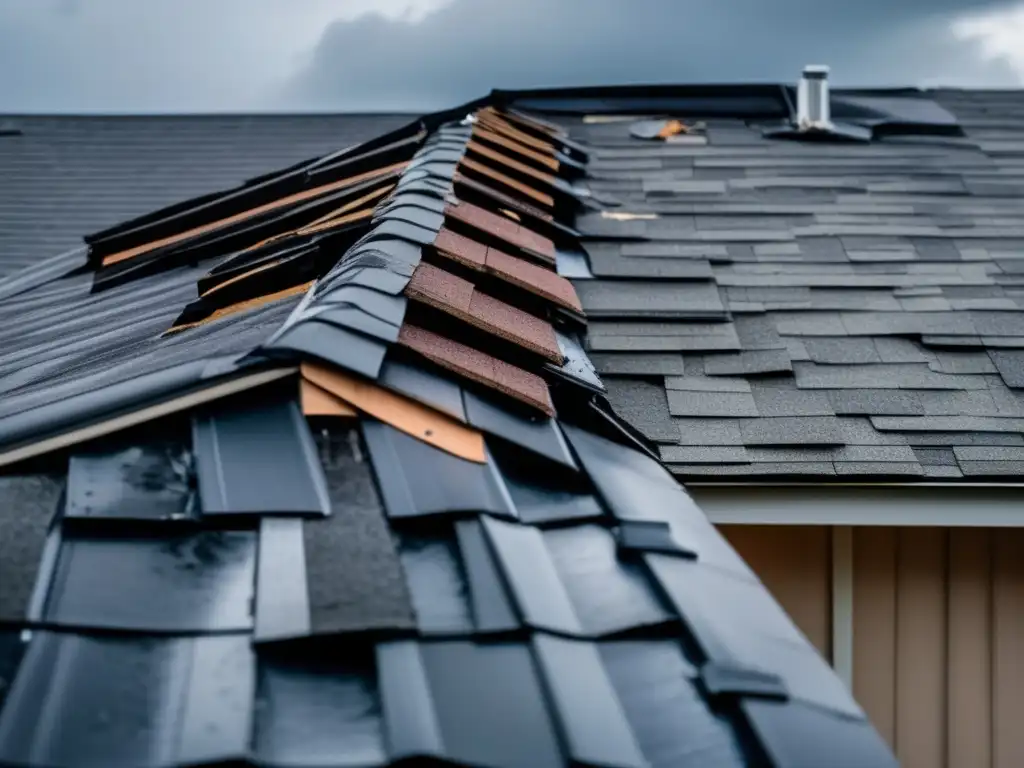
Visual Inspection
The first step in assessing roof damage is to do a visual inspection from ground level. Look for signs of missing or damaged shingles, broken tiles, or dented metal panels. If you notice any obvious damage, it’s important to call a professional roofing contractor to come and inspect your roof.
Climbing the Roof
If it is safe to climb onto your roof, you can do a more detailed inspection. Wear appropriate safety gear, such as non-slip shoes and a safety harness. Look for signs of cracks, warping, or areas where the roof feels spongy underfoot. Check for loose or missing flashing around chimneys, vents, and skylights.
Interior Inspection
You can also check for signs of roof damage from inside your home. Look for any water stains on ceilings or walls, which may indicate a leak in your roof. If you have an attic, go up and check for any signs of daylight coming through the roof, or any leaks or moisture damage.
Types of Roof Damage
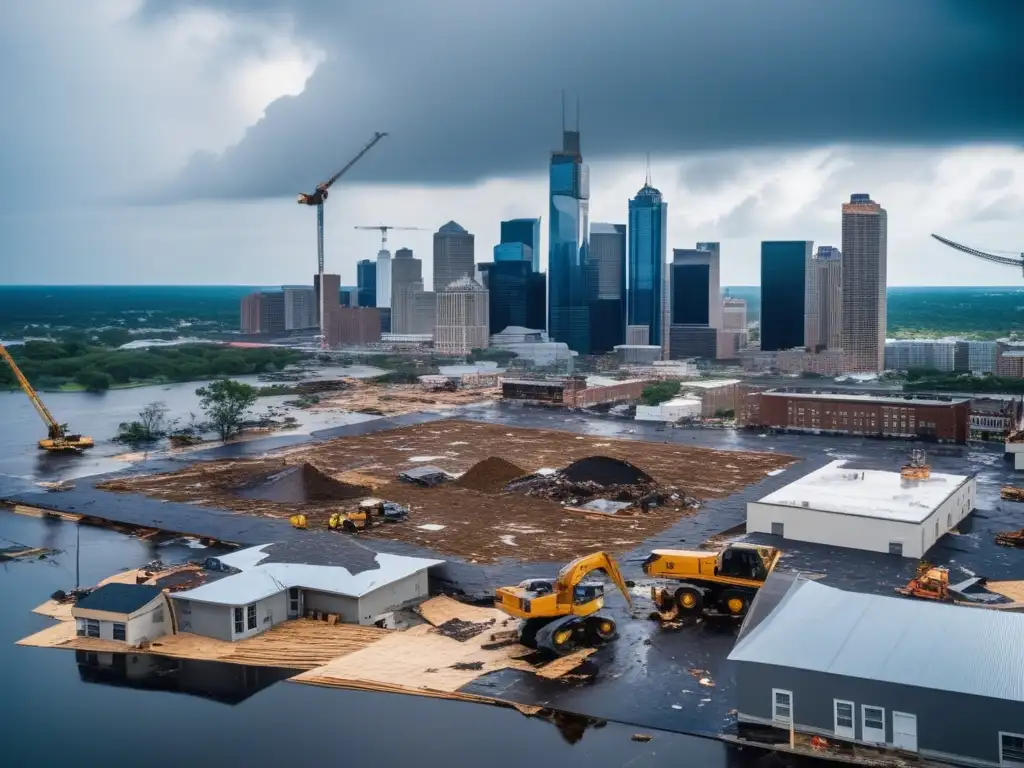
Missing or Damaged Shingles
Shingles can become loose or missing during a hurricane, leaving the underlying roof structure exposed to wind and rain. If you notice missing or damaged shingles, it’s important to have them replaced as soon as possible to prevent further damage.
Cracks and Holes in the Roof
High winds and flying debris can cause cracks and holes in your roof. Depending on the severity of the damage, you may need to repair or replace sections of your roof to ensure that it is structurally sound.
Warping and Buckling
Exposure to moisture and strong winds can cause your roof to warp or buckle. This can be a sign of underlying structural damage, and it’s important to have your roof inspected by a professional to determine the extent of the damage.
Leaking and Water Damage
A damaged roof can lead to water leaks, which can cause significant damage to your home’s interior and potentially lead to mold growth. It’s essential to fix any leaking roofs as soon as possible to prevent further damage.
How to Repair Roof Damage
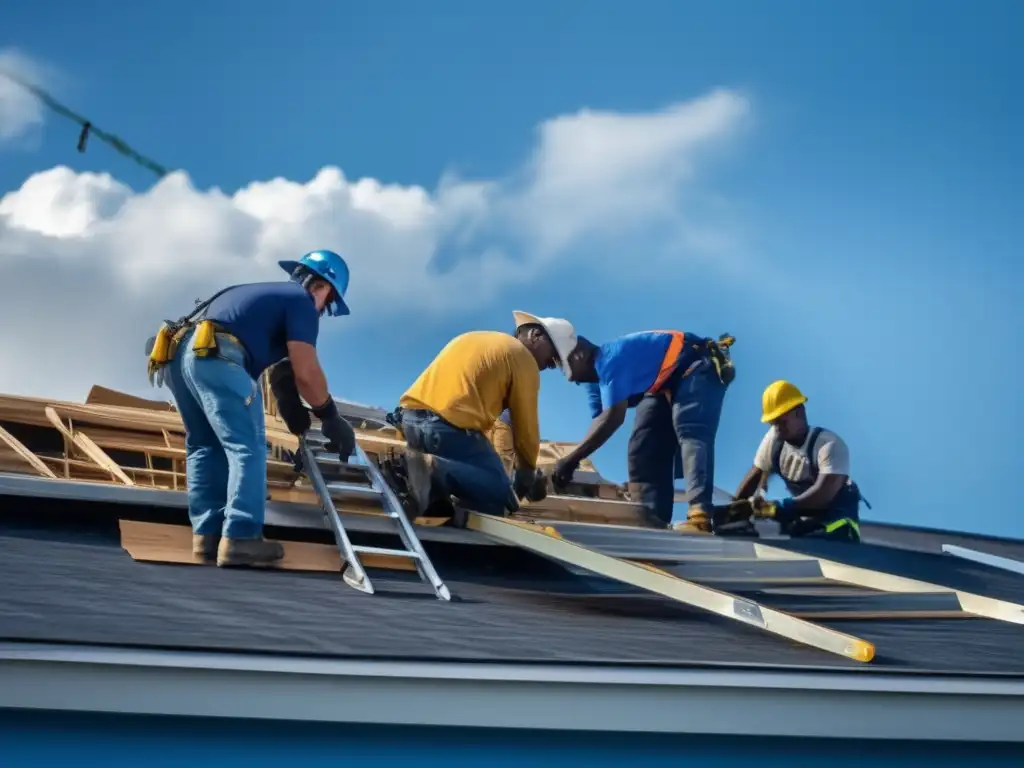
Temporary Repairs
To prevent further damage while waiting for permanent repairs, you can use tarps or other waterproof materials to cover the damaged areas of your roof. This will help keep out rain and moisture until your roof can be fixed properly.
Patching
If the damage is minor, you may be able to patch the damaged area with roofing cement or sealant. However, this should only be done as a temporary fix, as it may not be a long-term solution.
Partial Replacement
If the damage is limited to a specific area of your roof, you may be able to replace just that section. This is usually less expensive than a full replacement, but it’s important to make sure that the new section matches the rest of your roof in terms of materials and color.
Full Replacement
If the damage to your roof is extensive or if your roof is near the end of its lifespan, you may need to replace the entire roof. This can be a costly and time-consuming process, but it’s essential for ensuring the structural integrity of your home.
Maintaining Your Roof After Repairs

Regular Inspections
To prevent future damage to your roof, it’s important to have it inspected regularly by a professional roofing contractor. This will help identify any potential issues before they become major problems.
Cleaning Gutters
Clogged gutters can cause water to back up and overflow onto your roof, leading to water damage. Make sure to clean your gutters regularly to prevent this from happening.
Trimming Trees
Overhanging tree branches can damage your roof during high winds. Make sure to trim any branches that are close to your roof to prevent them from causing damage during a hurricane.
Frequently Asked Questions

-
What should I do if my roof is damaged during a hurricane?
If your roof is damaged during a hurricane, it’s important to assess the damage and make necessary repairs as soon as possible. If the damage is extensive, call a professional roofing contractor to inspect your roof and provide an estimate for repairs or replacement.
-
Can I repair my roof myself?
Minor damage, such as a missing shingle, can be repaired by a homeowner with some DIY experience. However, it’s generally recommended to have a professional roofing contractor repair more significant damage to ensure that the repairs are done correctly and safely.
-
How long will it take to repair my roof?
The amount of time it takes to repair your roof will depend on the extent of the damage. Minor repairs may only take a few hours, while a full roof replacement can take several days or even weeks.
-
Will my homeowners’ insurance cover the cost of roof repairs after a hurricane?
Most homeowners’ insurance policies will cover the cost of roof repairs or replacement after a hurricane, but it’s important to check your policy and understand your coverage limits and deductibles.
-
How can I prevent roof damage during a hurricane?
To prevent roof damage during a hurricane, make sure your roof is in good condition before the storm hits. Trim any overhanging branches and clean out your gutters to prevent water backup. If you live in a hurricane-prone area, consider investing in hurricane straps or other structural reinforcements to help protect your roof during high winds.
Conclusion
If your roof has been damaged during a hurricane, it’s essential to assess the damage and make necessary repairs as soon as possible. Hire a professional roofing contractor to inspect your roof and provide an estimate for the necessary repairs. It’s also important to maintain your roof after repairs to prevent future damage and ensure its longevity. By following these tips, you can help protect your home and keep you and your family safe during future hurricanes.
At HurricaneInsider.org, we provide up-to-date and valuable information about hurricanes, including preparation, safety during hurricanes, post-hurricane recovery, and emotional support. We encourage you to engage with our website and share your thoughts and experience in the comments section below. Thank you for reading.
Additional Resources

- FEMA: Hurricane Michael Recovery Tips – Roof Damage and Repair
- NOAA: Protecting Windows and Doors
- HomeAdvisor: Hurricane Safety – Protecting Your Roof
 Keeping Spirits High: Staying Positive During Recovery
Keeping Spirits High: Staying Positive During Recovery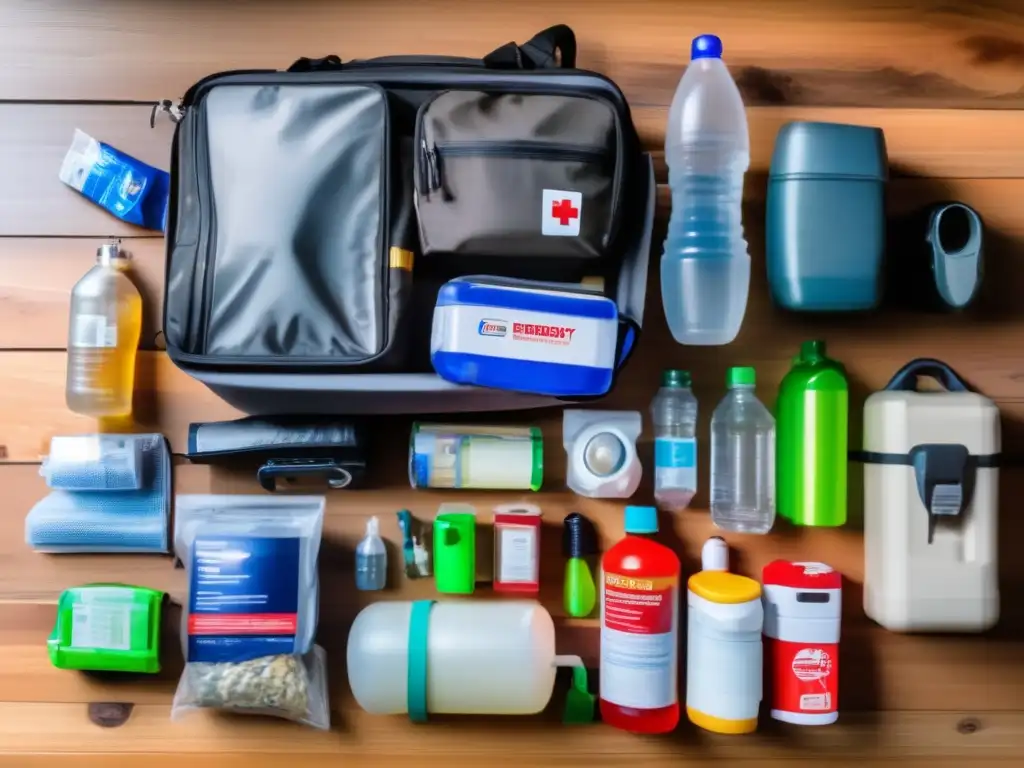 Restocking Essentials: Rebuilding Your Emergency Kit After A Hurricane
Restocking Essentials: Rebuilding Your Emergency Kit After A Hurricane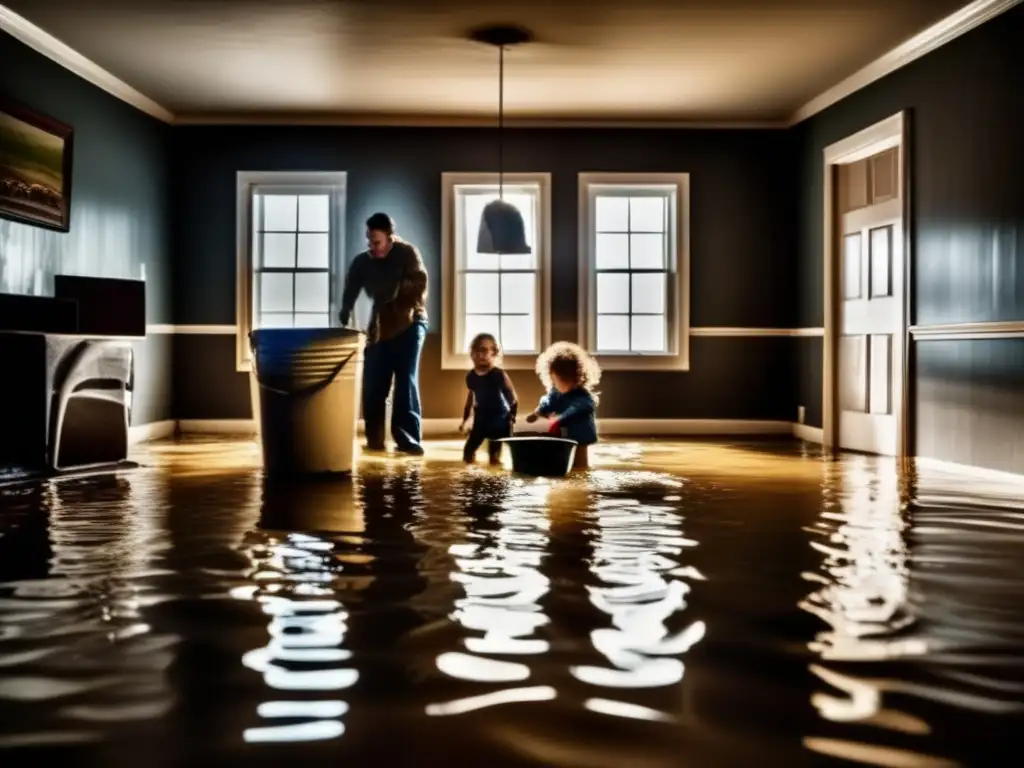 Repairing Water Damage After A Hurricane
Repairing Water Damage After A HurricaneIf you want to discover more articles similar to Assessing And Repairing Roof Damage After A Hurricane, you can visit the Hurricane recovery: category.
Leave a Reply

Articulos relacionados: